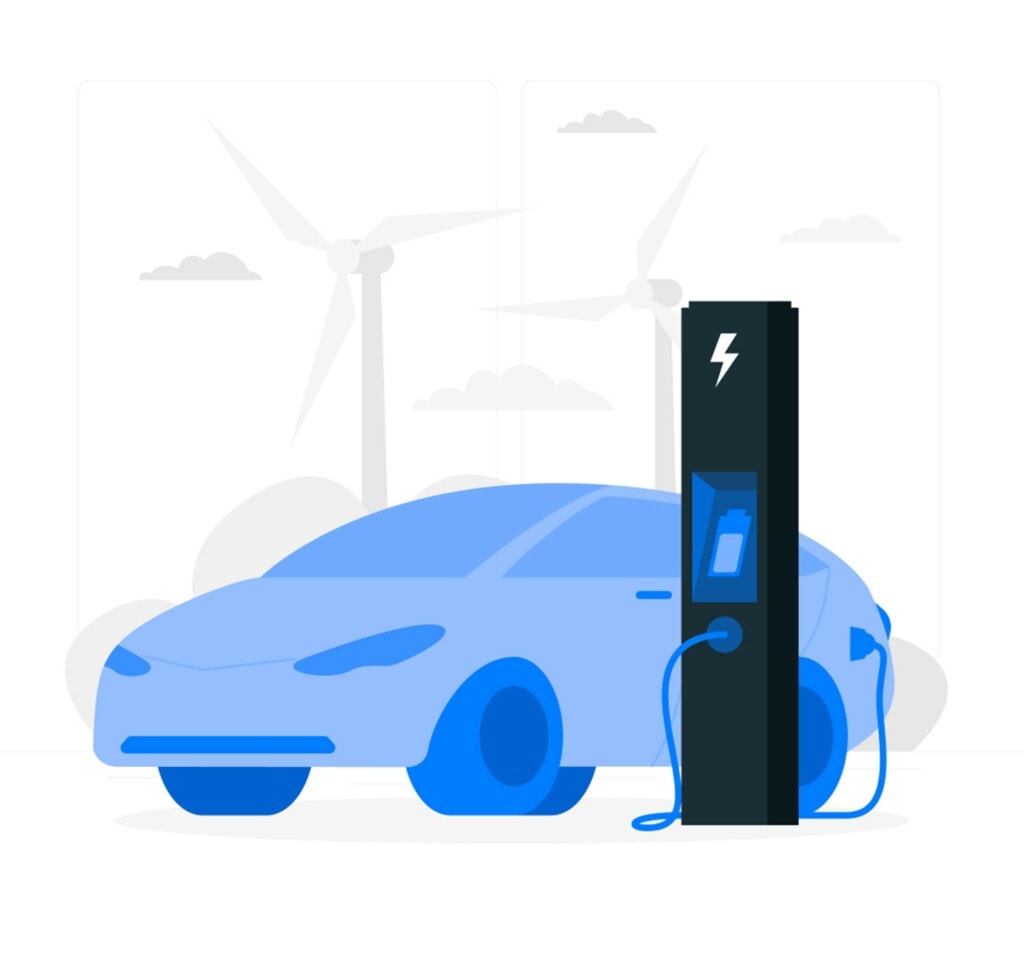Ocean Charge

Problem addressed
With new petrol and diesel car sales set to end by 2030, the demand for EVs and charging solutions will continue increasing dramatically. These solutions should be future-proofed to meet the needs of tenants and should be easily scalable and cost-effective.
Overview of start-up
Ocean Charge provide 100% passive EV charging points for car parks, with a focus on residential blocks and commercial properties. Their Preconnect solution gives commercial and residential landlords a fully managed and future-proofed charging solution by installing charging infrastructure for all of the spaces throughout a car park, allowing charging to scale as demand increases. Active charge points can be installed in as little as 7 days. Ocean Charge handles installation, operation, and maintenance through their Preconnect solution to provide scalable charging across one or multiple sites. They can also help landlords claim any available grants. By incorporating Ocean Charge’s solutions, landlords and developers can future-proof their buildings, scale quickly, and better attract and retain occupiers. Residents gain convenient charging on demand which is flexible and maintained.
What makes the start-up innovative?
With a simple app, Ocean Charge provide occupiers with control over their charging and the ability to select their own Charging-as-a-Service (CaaS) plan. This CaaS plan is delivered on-demand enabling occupiers to subscribe to different charging plans that match their needs. Landlord also gain access to data and analytics about peak usage times, average parking duration, and vehicle turnover rates.
How the start-up has been designed to scale-up quickly
The solution requires no upfront investment from landlords and instead provides an ever-increasing revenue stream via their profit share. When an occupier chooses a Charging-as-a-Service subscription for their dedicated parking space, Ocean Charge extend the infrastructure without additional charges to other occupers. Residents are not charged for installation of the EV chargers themselves, but they instead subscribe to a monthly plan which covers access to the charging infrastructure and pay for the electricity they use based on their subscription tier.
